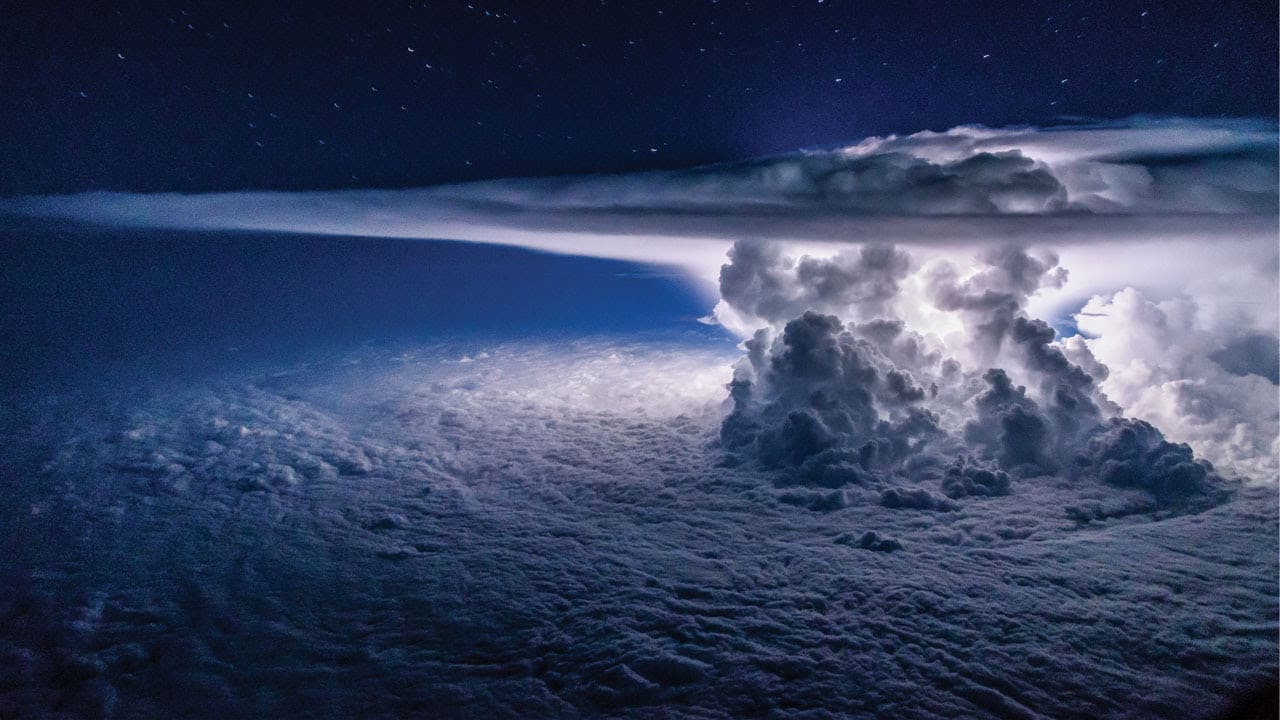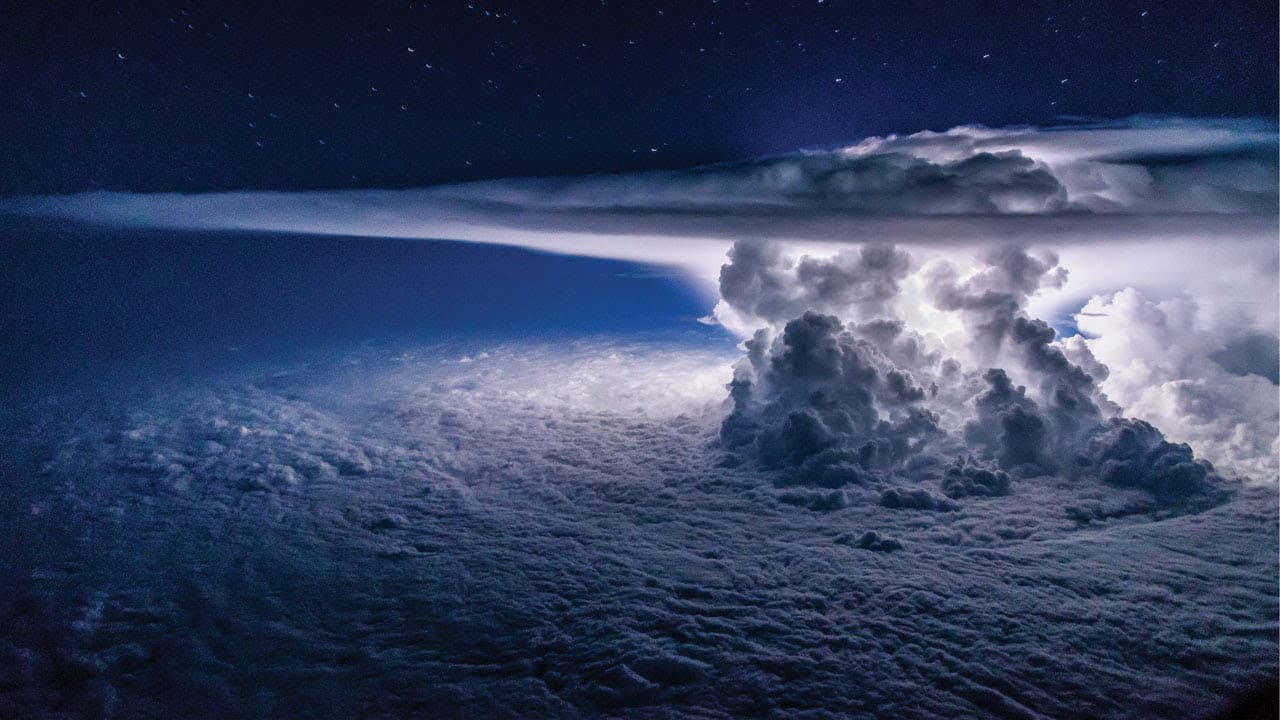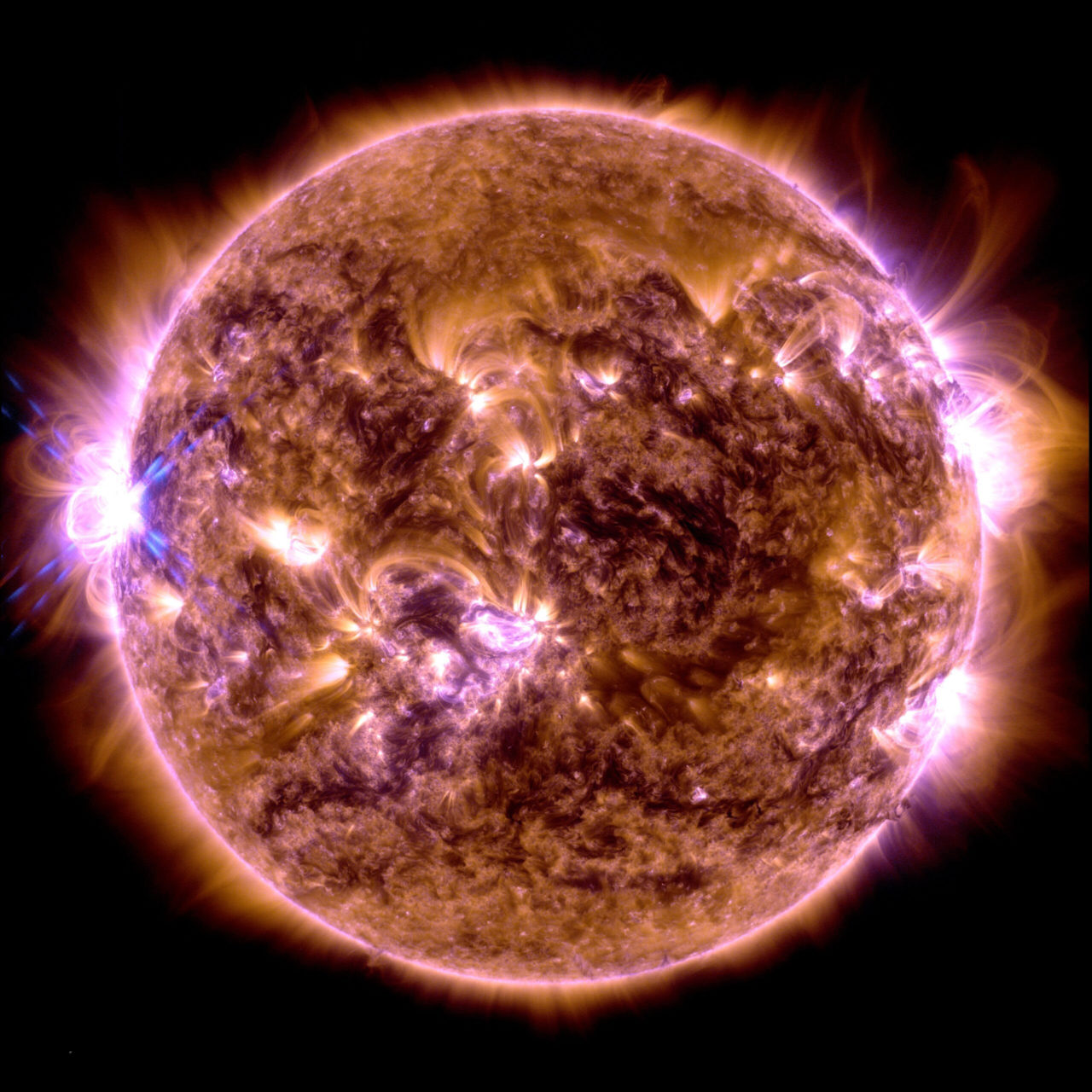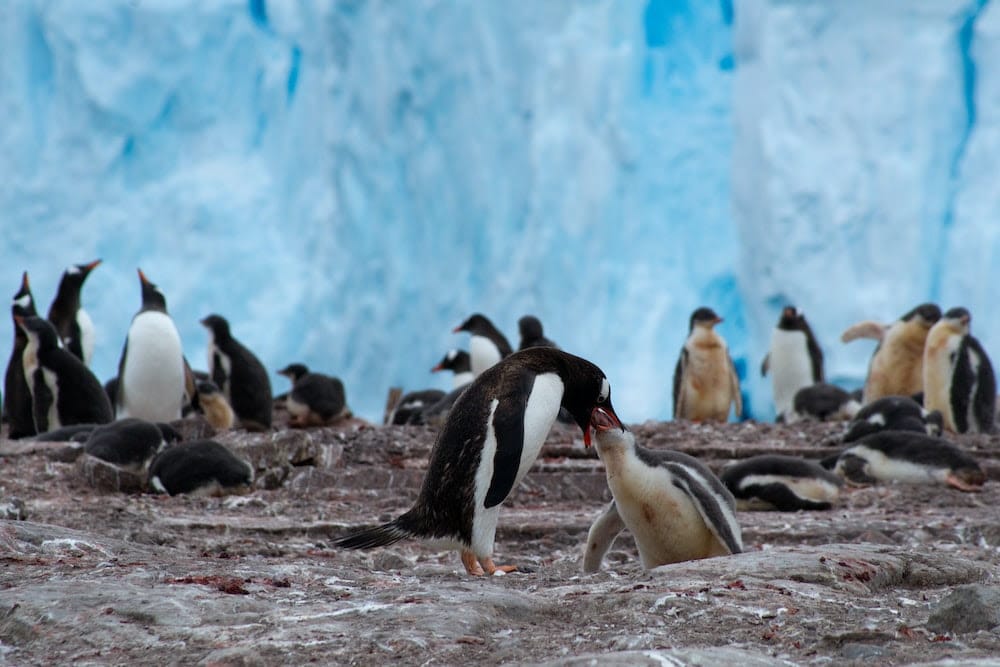
Thanks to the measures taken since the end of the 1980s to reduce greenhouse gas emissions, the ozone layer has gradually recovered and the improvement should continue in the coming years.
However, according to a study by the University of Canterbury in New Zealand, published in the Journal of the Royal Society of New Zealand, this improvement could be offset by the growth of the aerospace industry. In a report published in October 2022, the United Nations indicated that the measures put in place to protect the ozone layer, such as the ban on the use of CFC gases, would allow the ozone layer to return to baseline levels by 2040 at the global level and 2060 at the Antarctic level. This scenario remains valid as long as new threats do not impact the balance of the stratosphere.
A team of New Zealand researchers has warned of the risk posed by rocket launches and other launchers designed to put various spacecraft into orbit and the development of this rapidly expanding industry. The emission of gases and particles from these devices as they pass through the upper atmosphere could undermine the efforts undertaken since the signing of the Montreal Agreement in 1987.
Scientists have been particularly interested in the impact of six compounds: hydrogen chloride, nitrogen oxides, carbon dioxide, water vapor, soot carbon and alumina. It appears that these compounds, either directly by chemical reaction or indirectly through temperature, accelerate the process leading to the destruction of ozone. The increase of their concentration, at an altitude where the duration of suspension is relatively long, worries the scientists.

According to forecasts, the number of launches should accelerate even more over the next few years, whereas it has already increased from 90 to 190 per year over the last five years. The issue of gas and particle emissions from these numerous spacecraft must be discussed to anticipate the risks to the natural shield of ultraviolet radiation that the ozone layer constitutes.
Lead author Laura Revell says the current impact of rocket launches on the ozone layer is small, but it could increase as companies and countries expand their space programs. Scientists want to ensure that future launches are compatible with ozone layer regeneration. The study aims to enrich these discussions and proposes different types of actions, such as in situ measurement of emissions when fuels are composed of methane, whose emissions are still poorly known, consideration of the ozone problem from the design phase of launchers or the passage through a series of tests under controlled conditions before a launch.
Another proposal concerns the transparent sharing of data with researchers, while space launch vehicle emissions are not yet regulated. Michele Bannister, a co-author of the study, believes that developing sustainable rocket launches on a global scale will require coordination between aerospace companies, scientists and governments. The scientist believes it is achievable, but that it is necessary to start now to get a head start.




